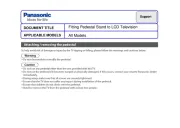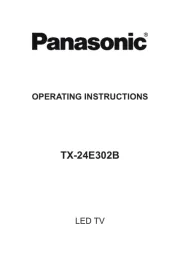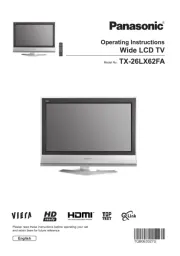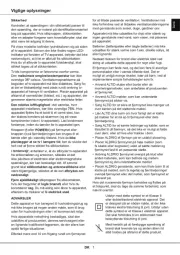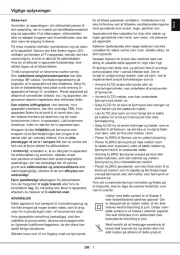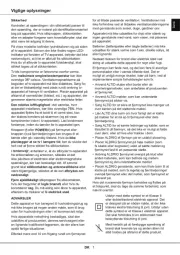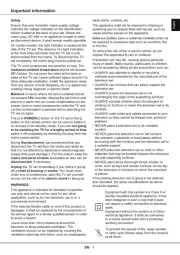Samsung UN65F9000AG Manual
Læs gratis den danske manual til Samsung UN65F9000AG (181 sider) i kategorien televisión. Denne vejledning er vurderet som hjælpsom af 8 personer og har en gennemsnitlig bedømmelse på 4.8 stjerner ud af 4.5 anmeldelser.
Har du et spørgsmål om Samsung UN65F9000AG, eller vil du spørge andre brugere om produktet?

Produkt Specifikationer
| Mærke: | Samsung |
| Kategori: | televisión |
| Model: | UN65F9000AG |
Har du brug for hjælp?
Hvis du har brug for hjælp til Samsung UN65F9000AG stil et spørgsmål nedenfor, og andre brugere vil svare dig
televisión Samsung Manualer
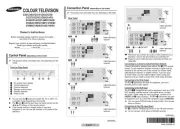
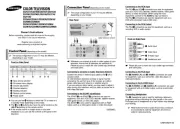
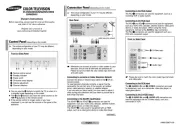







televisión Manualer
- Fujitsu
- Tve
- Mpman
- Polaroid
- Ziggo
- Megasat
- Magnavox
- QBell Technology
- Siemens
- JGC
- BenQ
- Premier
- V7
- Antarion
- CGV
Nyeste televisión Manualer
